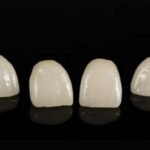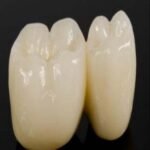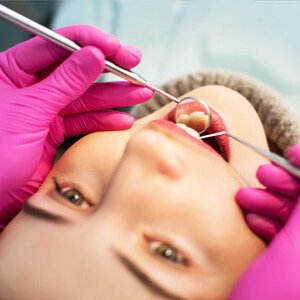Restorative Dentistry Kingsway

Restorative dental treatments today really encompass all the disciplines that dentistry has to offer in an integrated inter-disciplinary approach to achieve optimum dental health function and aesthetics for our patients. That is where our expertise and experience in all aspects of restorative dentistry as well as the other disciplines helps us to achieve the best possible long-term results for our patients








